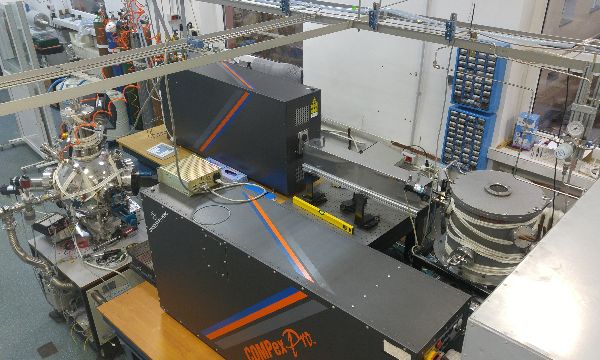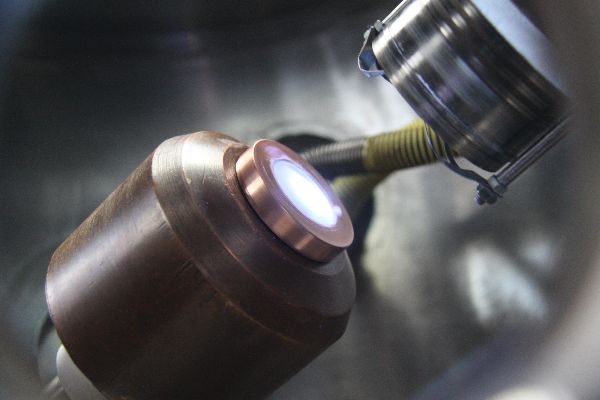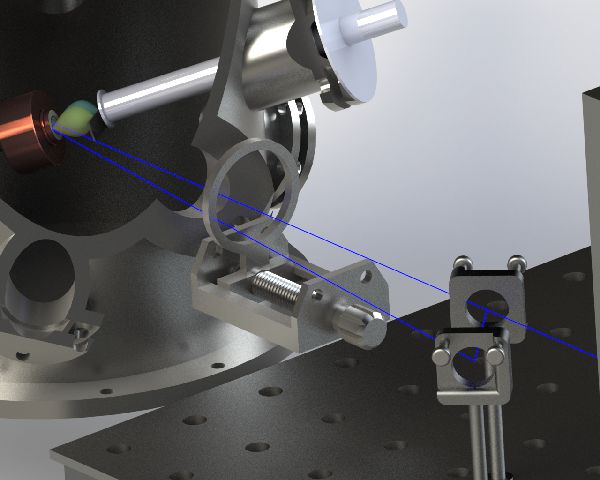
Pulsed Laser Deposition (PLD)
Pulsed laser deposition is a physical vapor deposition process, carried out in a vacuum system. In PLD, a pulsed laser is focused onto a target of the material to be deposited. For sufficiently high laser energy density,
each laser pulse vaporizes or ablates a small amount of the material creating a plasma plume. The ablated material is ejected from the target in a highly forward-directed plume. The ablation plume provides the material flux for film growth. For multicomponent inorganics, PLD has proven
remarkably effective at yielding epitaxial films

Matrix Assisted Pulsed Laser Evaporation
(MAPLE)
MAPLE is a variation of conventional PLD. It provides, however, a less damaging approach for transferring many different organic and polymeric compounds that include small and large molecular weight species, from the condensed phase into the vapor phase. In MAPLE, a frozen
matrix consisting of a solution of a polymeric compound dissolved in a relatively volatile solvent is used as the laser target.

Combinatorial PLD / MAPLE
We introduced a combinatorial approach for the fabrication of inorganic and organic biopolymer thin films.
Structures with compositional gradient are obtained by simultaneous laser ablation / vaporization of two
distinct targets. C-PLD / MAPLE deposition methods were applied to obtain a compositional library of the two separate materials from the target to a single substrate.